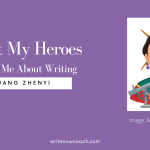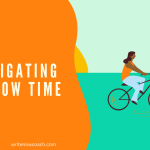Keeping Track by Rochelle Melander
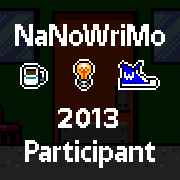 How does a novelist remember all those details about character and plot?
How does a novelist remember all those details about character and plot?
I’ve been working with a teenaged client who’s writing an epic tale. He predicts the story will take seven books to tell. And, of course, with that much story, he’s also got a complicated plot, multiple characters, and a variety of settings. At our last meeting, we talked about how he could keep track of it all. After considering and dismissing several ideas, he decided to use clips from magazines to create a visual document for each character and hang it on his wall. He’ll do the same thing for his settings.
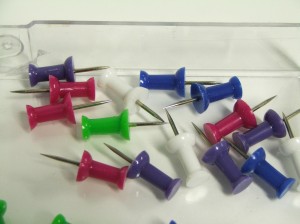 My client’s not alone in wanting a visual record of his plan. Novelist Hilary Mantel tacks her ideas, descriptions, and snippets of dialogue onto a 7-foot tall bulletin board in her kitchen. Booker-prize winning novelist Kazuo Ishiguro “compiles folders of notes and flow charts” that he collects in binders. Mystery writer Laura Lippman creates her plot charts with index cards and sketchbook pages. (From How to Write a Great Novel by Alexander Alter. )
My client’s not alone in wanting a visual record of his plan. Novelist Hilary Mantel tacks her ideas, descriptions, and snippets of dialogue onto a 7-foot tall bulletin board in her kitchen. Booker-prize winning novelist Kazuo Ishiguro “compiles folders of notes and flow charts” that he collects in binders. Mystery writer Laura Lippman creates her plot charts with index cards and sketchbook pages. (From How to Write a Great Novel by Alexander Alter. )
So how will you keep it all straight? Here are three ways:
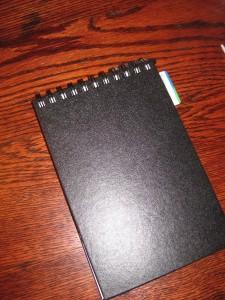 1. Paper. I love using real paper to keep track of my novel and other book ideas because I can carry it around with me. I found this plain paper journal on clearance and am using page divider sticky notes to separate my ideas. I can create character sheets, mind map scenes, and paste in photos for setting.
1. Paper. I love using real paper to keep track of my novel and other book ideas because I can carry it around with me. I found this plain paper journal on clearance and am using page divider sticky notes to separate my ideas. I can create character sheets, mind map scenes, and paste in photos for setting.
2. Computer, Tablet, Phone. The easiest option: create a folder for your novel and keep all of your images and documents in it. If you want to get fancy, use one of the many program and apps designed to help you keep track of your ideas with your computer, tablet, and phone. I’ve purchased pretty much every note-taking app out there, and I still use my iPhone’s NOTES feature the most. I also like Evernote, because I can use it across platforms. Many MAC users have recommended Scrivener (now available for Windows), while Windows users can have a similar experience with yNote.
3. Pinterest. I’ve noticed that several authors—published and unpublished—keep their story bibles on Pinterest. And why not? Pinterest offers the opportunity to collect visual images from all over the web. In addition, users can now create private boards. For an example, check out Laurie King’s Pinterest page with images that inspired her novels.
(By the way, I have a Pinterest page for NaNo — Exercises, Food and Tools for Overwhelmed Writers.)
Your turn: What tools have you used to gather your story ideas?
[Tweet “How do you keep track of your novel ideas?”]





